Don't miss our holiday offer - 20% OFF!
As technological advancements continue to shape the future, the concept of smart cities evolves rapidly. One of the key components driving this transformation is the Internet of Things (IoT) sensors. These devices integrate various systems to monitor, control, and collect data in real-time, contributing to the creation of smarter, more efficient urban environments. In this article, we will explore how IoT sensors play a crucial role in developing smart cities, focusing on their impact on city efficiency and security.
Contents
- 1 What Are IoT Sensors?
- 2 Why Do Smart Cities Need IoT Sensors?
- 3 Improving City Operational Efficiency
- 4 Enhancing Security with IoT Sensors
- 5 Using IoT Sensors to Improve City Infrastructure
- 6 Challenges and Solutions in Implementing IoT Sensors in Smart Cities
- 7 Case Studies: IoT Sensor Implementation in Various Cities Worldwide
- 8 The Future of IoT Sensors in Smart Cities
- 9 Conclusion
What Are IoT Sensors?
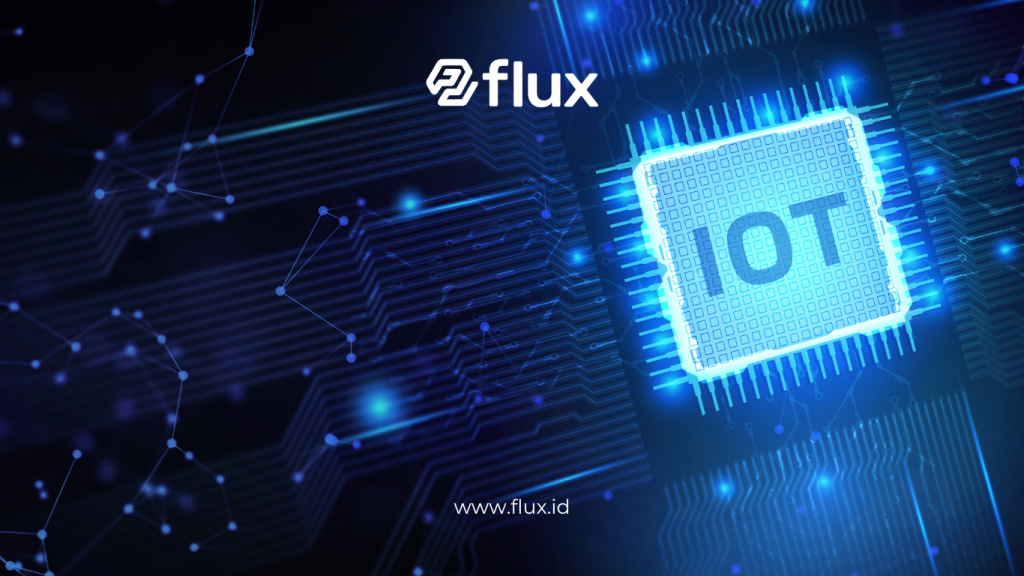
Read More: IoT Sensor Technology in Agriculture: How to Efficiently Monitor Plant Health and Soil Conditions
IoT sensors are devices capable of detecting changes in their surroundings and transmitting that data to a central system through the internet. They are increasingly used in diverse applications, from environmental monitoring to transportation and public safety. As a result, cities can now monitor and manage their infrastructure more effectively.
Why Do Smart Cities Need IoT Sensors?
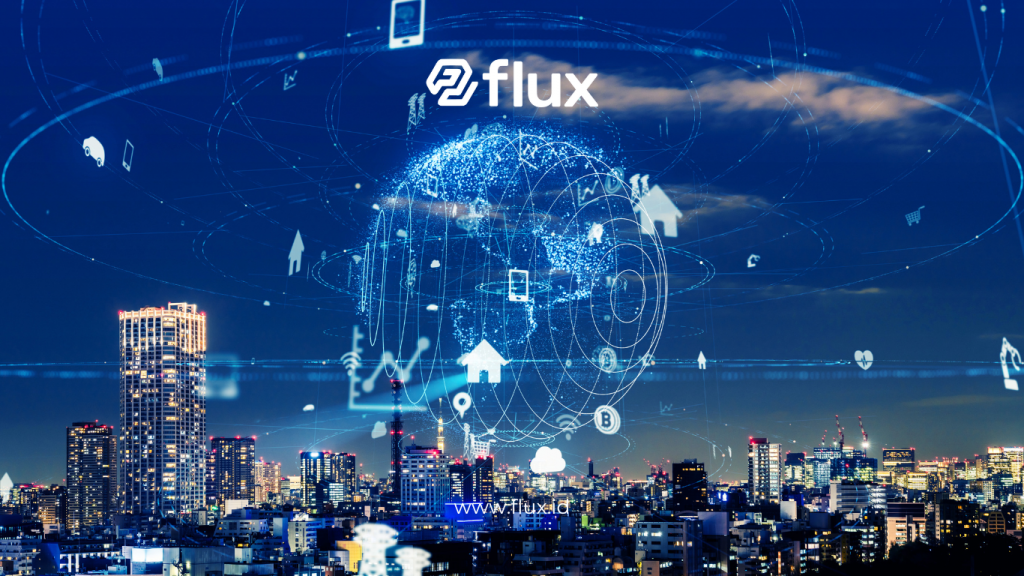
Read More: Smart City Transformation: Understanding the Role of IoT Sensors in Optimizing Urban Infrastructure
Undoubtedly, IoT sensors serve as the backbone of smart cities. They enable cities to collect data across various sectors, such as transportation, energy, water management, and waste disposal. This data facilitates faster decision-making, improves resource efficiency, and enhances the overall safety and comfort of urban residents.
Improving City Operational Efficiency
One of the primary benefits of IoT sensors is the ability to enhance operational efficiency across multiple sectors. Here are some examples of how they achieve this:
- Traffic Management
IoT sensors monitor traffic conditions and optimize traffic light patterns in real-time. As a result, congestion decreases, and fuel consumption is reduced, leading to a more streamlined urban experience. - Energy Management
With the help of IoT sensors, smart grids can manage energy consumption more efficiently. These systems anticipate demand and adjust the power distribution accordingly, minimizing waste and operational costs. - Waste Management
By installing IoT sensors in waste containers, sanitation departments receive notifications when bins are full. Consequently, this improves waste collection efficiency and helps prevent waste accumulation.
Enhancing Security with IoT Sensors
Public safety is another critical concern for smart cities. IoT sensors offer innovative solutions to enhance security and ensure the well-being of citizens, including:
- Smart Video Surveillance and CCTV Cameras
Security cameras equipped with IoT sensors detect movement, identify suspicious behavior, and automatically notify authorities. Furthermore, some systems utilize advanced video analytics to detect criminal activity or emergencies in real time, increasing response effectiveness. - Environmental Monitoring
IoT sensors monitor vital environmental factors such as air pollution, water quality, and temperature. This data becomes essential for maintaining public health and preventing potential hazards like floods and fires. - Early Warning Systems
During emergencies, IoT sensors provide early warnings for events such as earthquakes or fires. These alerts enable faster evacuations and reduce the risk of injuries or fatalities.
Using IoT Sensors to Improve City Infrastructure
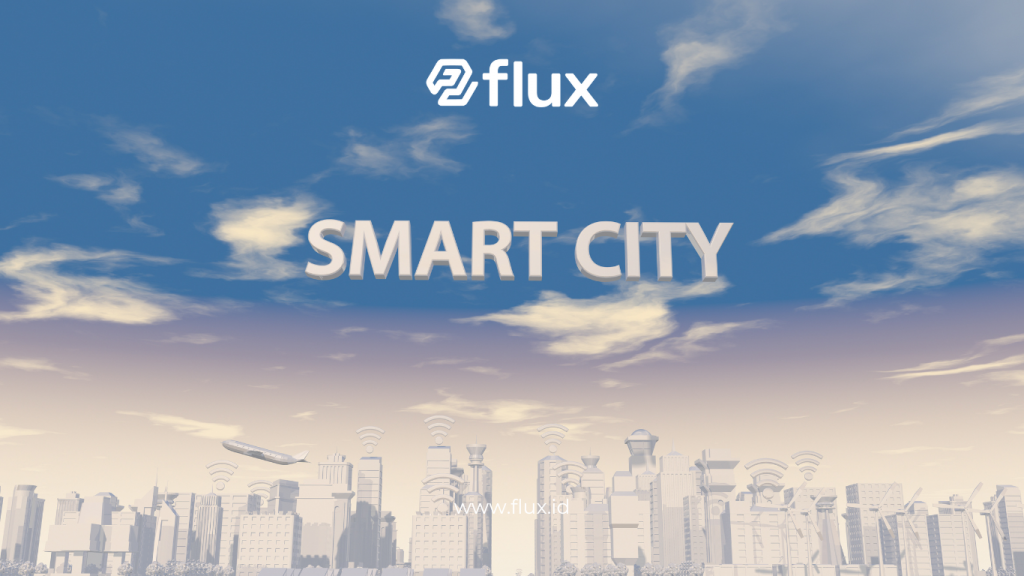
Another significant application of IoT sensors lies in improving city infrastructure. These devices provide real-time monitoring and support for preventive maintenance. Here are a few ways IoT sensors help:
- Bridge and Road Monitoring
IoT sensors can detect cracks or structural damage on bridges and highways. This information allows city planners to schedule timely repairs, minimizing the risk of accidents and ensuring the safety of commuters. - Water and Drainage Management
Sensors installed in drainage systems monitor water flow, detecting potential blockages, leaks, or flooding risks. As a result, cities can quickly respond and take preventive measures, protecting urban infrastructure from damage. - Smart Lighting
IoT-equipped streetlights automatically adjust based on traffic conditions or pedestrian movement, which not only saves energy but also extends the lifespan of city lighting systems.
Challenges and Solutions in Implementing IoT Sensors in Smart Cities
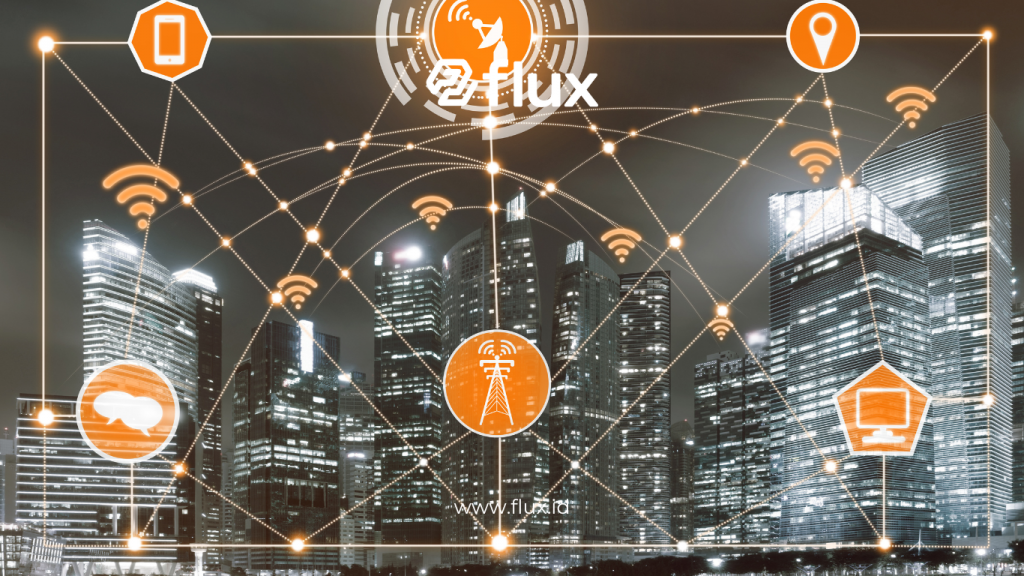
Read More: How Temperature and Humidity Sensors in a Smart City
While IoT sensors provide numerous advantages, their widespread implementation presents certain challenges. However, cities can overcome these issues by employing effective solutions:
- Data Security
As cities collect large volumes of data via IoT sensors, ensuring data security becomes paramount. To mitigate risks, cities can adopt encryption techniques and multi-layer security protocols, which will protect sensitive information from cyberattacks. - Limited Digital Infrastructure
Some cities may lack the necessary digital infrastructure to support IoT sensor networks. Therefore, building robust, high-speed internet connectivity should be prioritized to ensure reliable data transmission across all devices. - Implementation Costs
Although the initial costs of deploying IoT sensors might seem high, the long-term benefits outweigh these expenses. Cities can expect a significant return on investment as operational efficiencies improve, leading to overall cost savings.
Case Studies: IoT Sensor Implementation in Various Cities Worldwide
Several cities around the globe have successfully integrated IoT sensors into their infrastructure, demonstrating the immense potential of this technology. Let’s look at a few real-world examples:
- Barcelona
Barcelona has emerged as a leader in smart city innovation. IoT sensors are used to manage traffic flow, energy consumption, and urban infrastructure. The city’s smart parking system, for instance, guides drivers to available parking spots using sensors, reducing congestion and fuel consumption. - Singapore
Singapore is leveraging IoT sensors to ensure a higher level of security and comfort for its citizens. Air quality monitoring systems and flood early-warning systems, powered by IoT, help the government manage both environmental and public safety issues effectively. - New York City
In New York City, IoT sensors play a key role in traffic management and public safety. By collecting real-time traffic data, the city has been able to reduce congestion on major roadways, leading to smoother transit times and fewer accidents.
The Future of IoT Sensors in Smart Cities
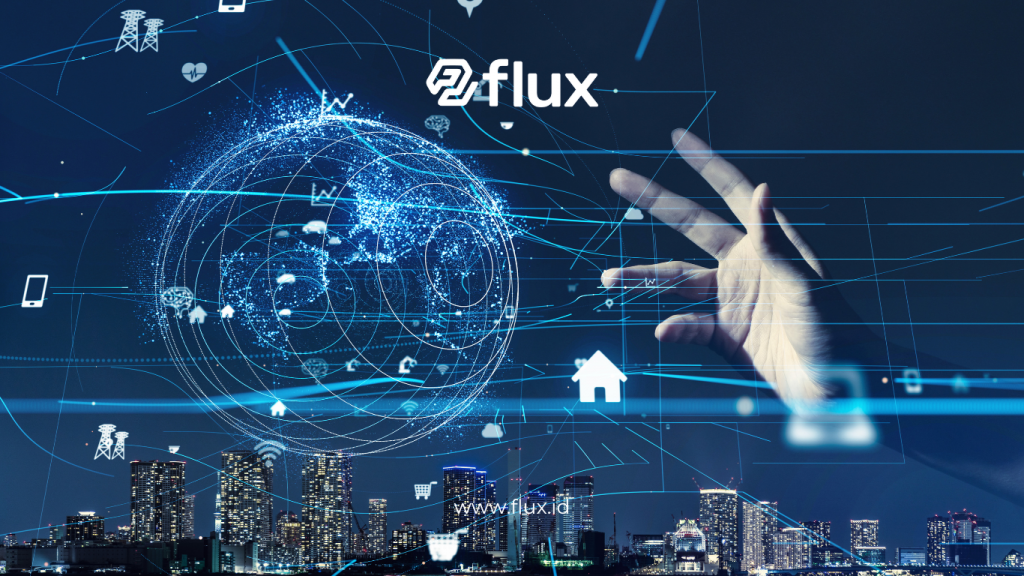
Read More: The Vital Role of IoT Sensors in Smart City Development
As IoT technology continues to evolve, its role in smart cities will undoubtedly expand. We can expect more advanced sensors, greater integration with artificial intelligence (AI), and further enhancements in city management. Moreover, cities that invest in IoT sensors today will position themselves for future growth and innovation.
Conclusion
IoT sensors have become essential in the transformation of cities into smart, efficient, and secure urban environments. By providing real-time data, these devices empower cities to optimize operations, reduce waste, and improve safety. Despite some challenges, such as data security and high implementation costs, solutions exist to address these issues. Ultimately, IoT sensors will continue to play a pivotal role in shaping the future of smart cities, driving improvements in both efficiency and security.





